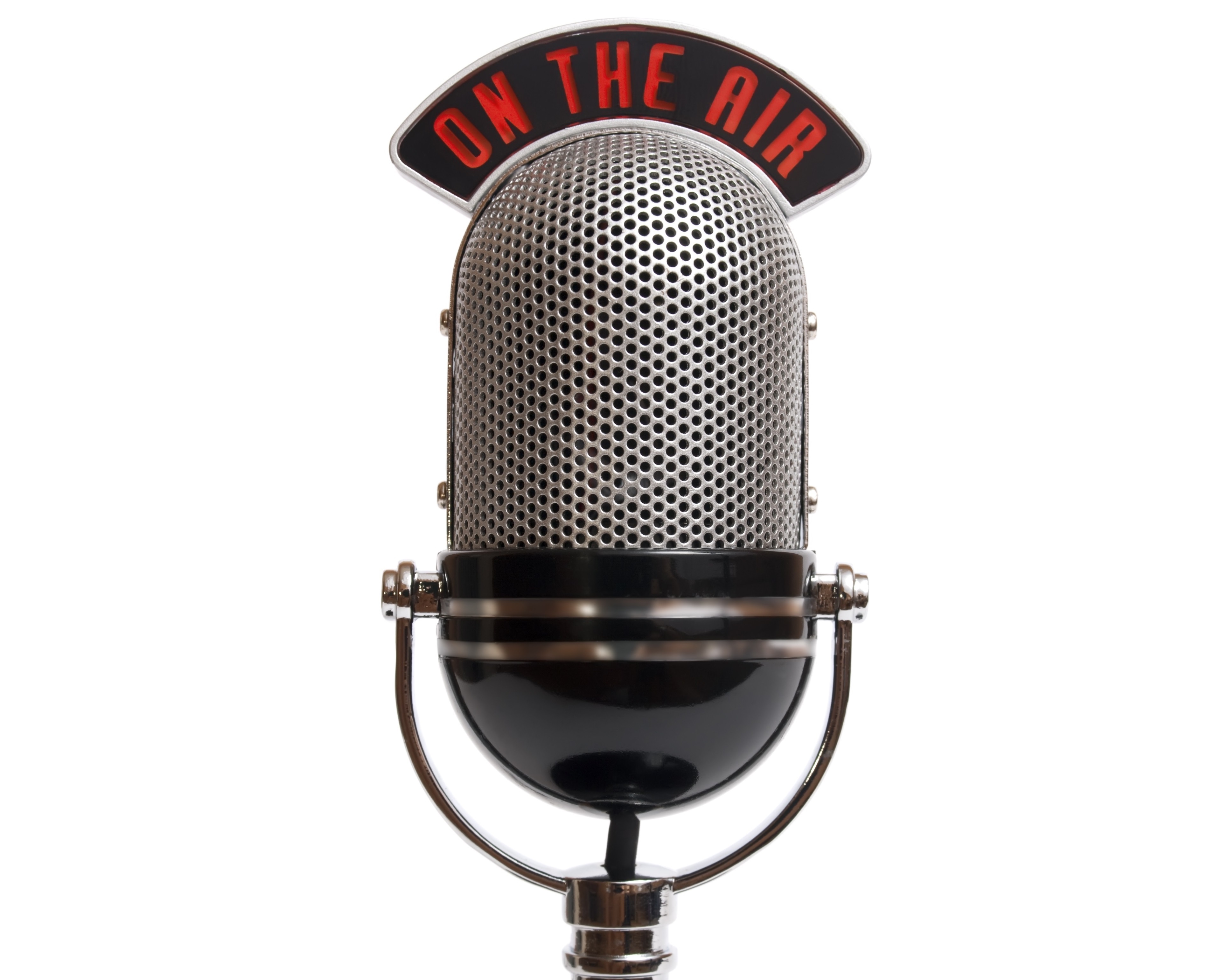
A victory lap for the transitory inflation team
As the world was recovering from the pandemic, inflation shot up, owing to widespread disruptions to global supply chains and sudden changes in patterns of demand. (Disinflation is a decline in the rate of inflation, not necessarily of the actual price level, and is what matters for central banks monitoring changes in prices. The pandemic-induced inflation was exacerbated further by Russia’s invasion of Ukraine, which caused a spike in energy and food prices. There is no evidence that countries with 2% inflation do better than those with 3% inflation; what matters is that inflation is under control. Once again, the standard macroeconomic relationship between inflation and unemployment – expressed in the Phillips curve – was not borne out.
Source: Stuff November 14, 2023 02:27 UTC



